T4K3.news
Curiosity rover marks 13 years on Mars
NASA celebrates 13 years of the Curiosity rover's successful exploration of Mars.

NASA's Curiosity rover continues to operate on Mars after 13 years, adapting to new challenges.
Curiosity rover thrives as NASA adapts over 13 years
The Curiosity rover, which landed on Mars in 2012, was designed for a two-year mission but is still operational today. To ensure the rover's longevity, NASA has implemented strategic updates to manage its power usage more efficiently. The Multi-Mission Radioisotope Thermoelectric Generator, which produces energy from decaying plutonium, requires careful planning as its output decreases over time. The jet propulsion team's adjustments include optimizing task schedules to minimize energy consumption and enhancing the rover's ability to complete multiple activities simultaneously. Alongside these changes, improvements to the drill and driving algorithms have extended the rover's operational capabilities. Curiosity has made significant discoveries, including evidence of organic molecules and ancient water flows, crucial in understanding Mars's history.
Key Takeaways
"Curiosity's ability to adapt over time has been crucial for its mission success."
This emphasizes NASA's innovative approach to maintaining space missions.
"The power management strategies we have implemented are key to maximizing Curiosity's lifespan."
A NASA official highlights the importance of resource management.
"Each new finding reminds us of the complexity of Mars and its potential for past life."
This captures the essence of the rover's significant discoveries.
The continued success of the Curiosity rover highlights NASA's commitment to adaptive space exploration. As technology evolves, so do the strategies necessary to maintain and enhance the functionality of long-term missions. The careful management of energy resources not only ensures Curiosity remains active but also underscores a growing demand for sustainable practices in space exploration. This adaptability may set a precedent for future missions that aim for even longer durations and more extensive scientific inquiry into other celestial bodies.
Highlights
- Curiosity is living proof of what persistence in exploration can achieve.
- NASA proves that careful planning can extend the lives of astronomical missions.
- The rover's journey teaches us the importance of efficient resource management.
- Every discovery underscores the potential for life beyond Earth.
Resource management is critical for Curiosity's operations
As Curiosity relies on dwindling plutonium for energy, careful management of its power and capabilities is essential for continued success in exploring Mars.
As NASA pioneers sustainable exploration, the Curiosity rover's journey continues to inspire future missions.
Enjoyed this? Let your friends know!
Related News
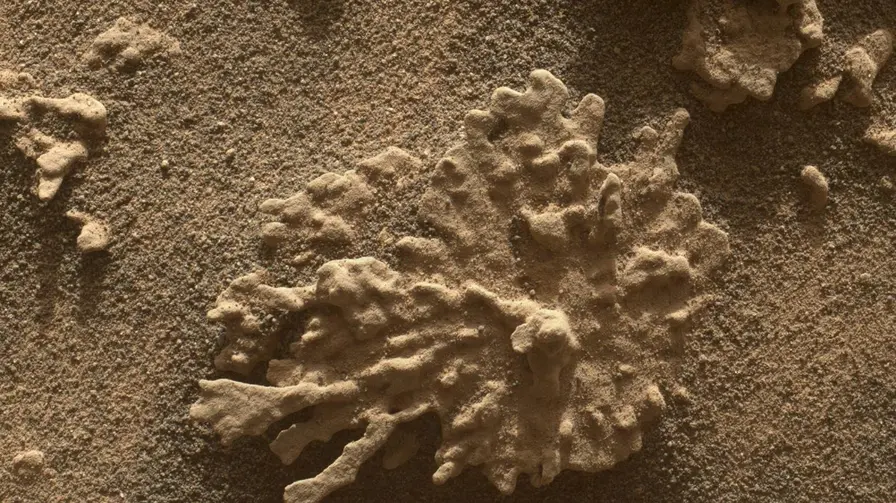
Curiosity rover reaches 13-year milestone on Mars
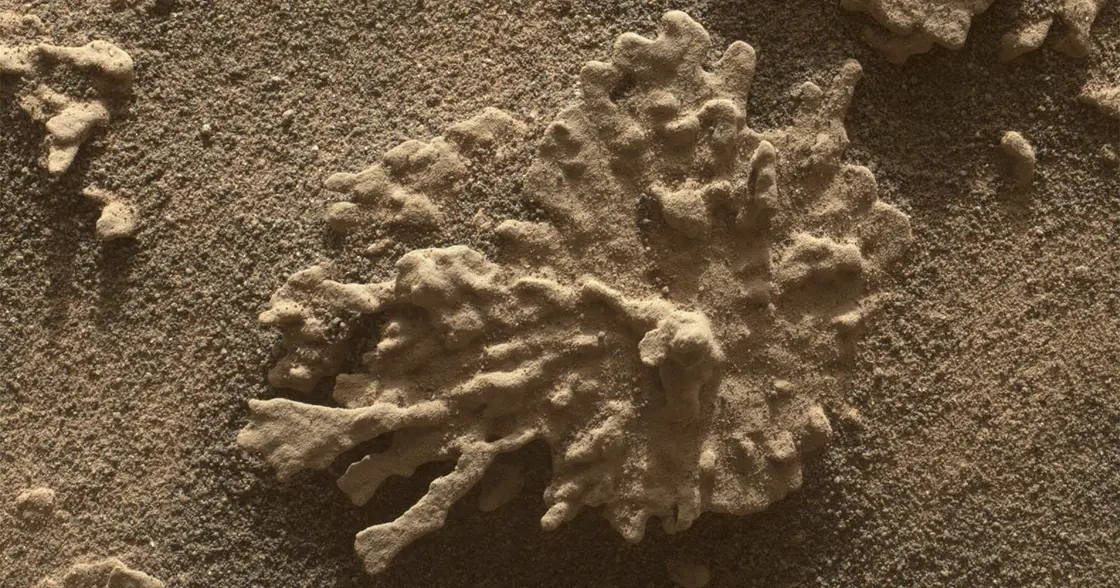
Curiosity Finds Coral Like Rocks on Mars
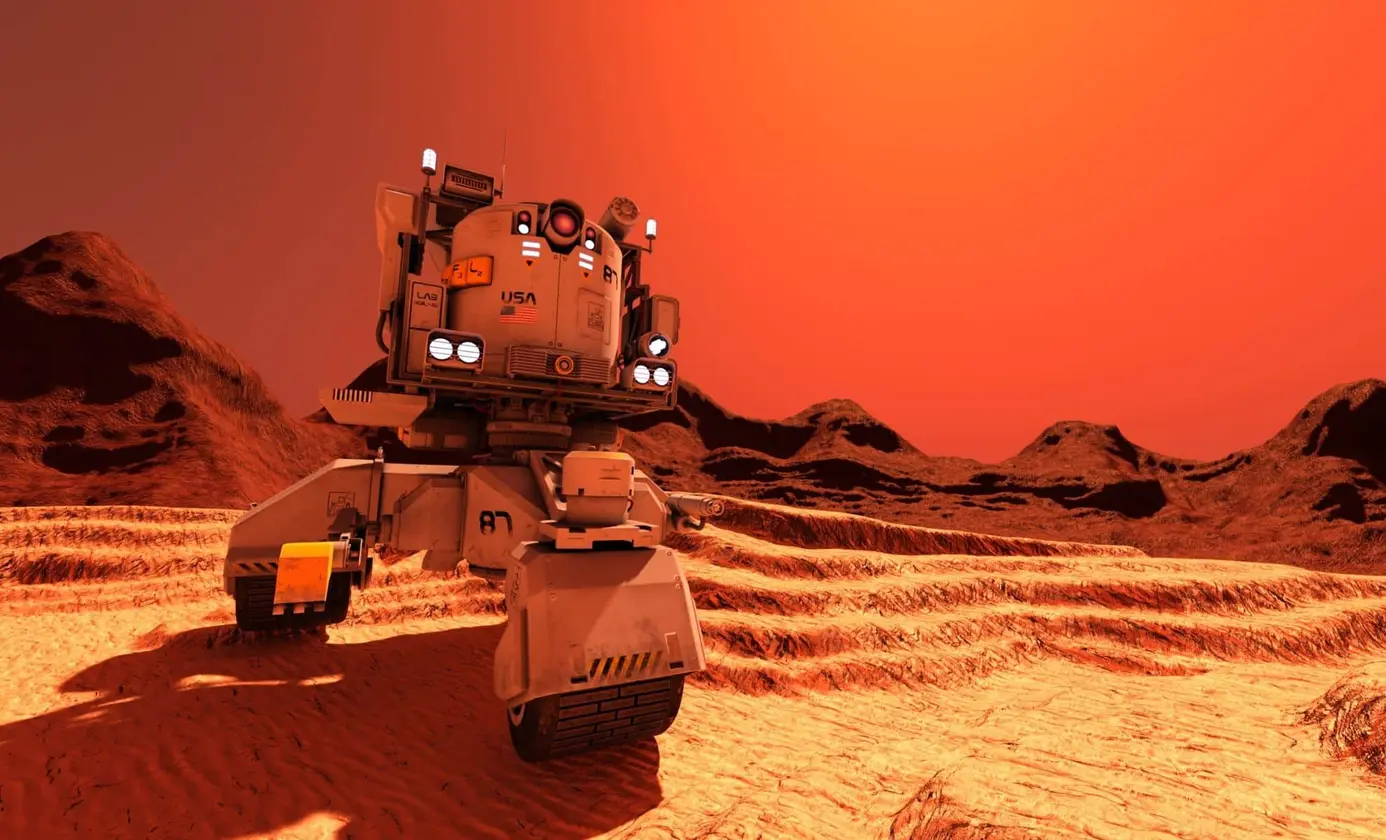
NASA's Perseverance rover sets record drive on Mars
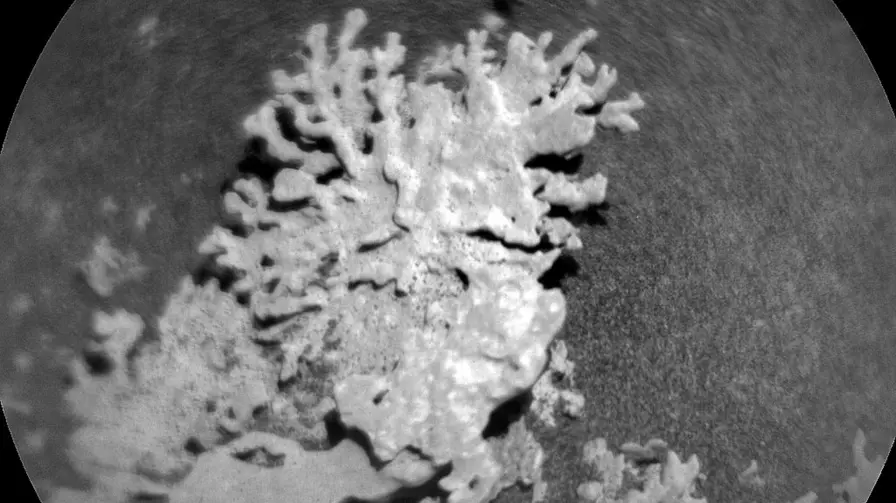
NASA discovers coral-like rock on Mars
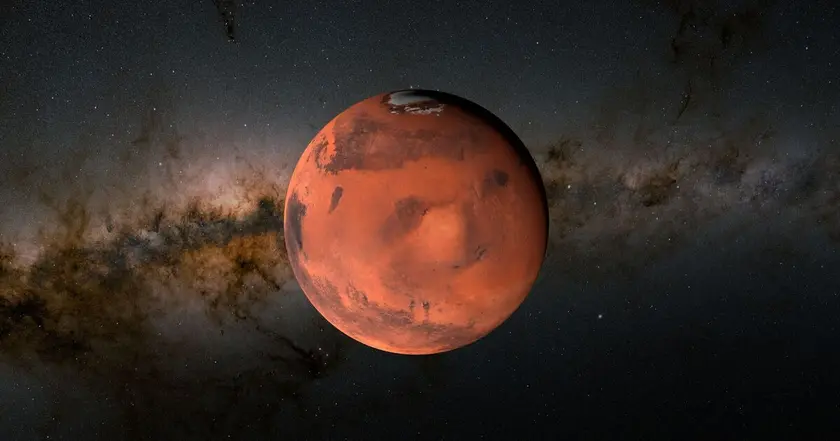
Mars coral rock hints at ancient water
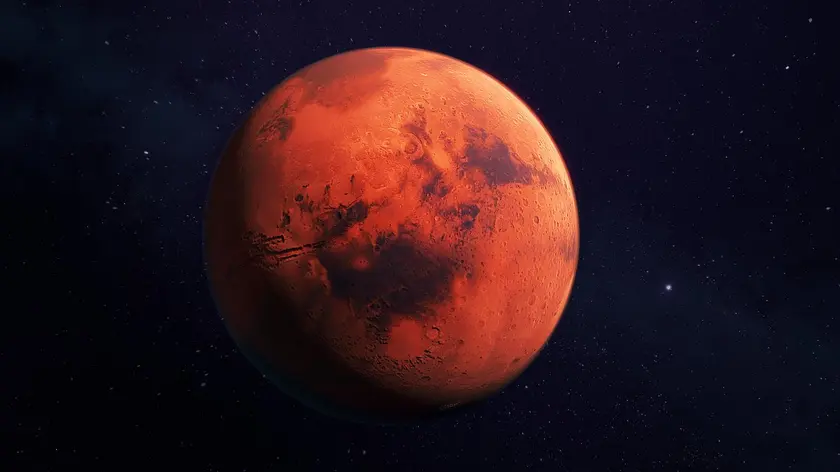
NASA's Curiosity rover discovers coral-like rock on Mars
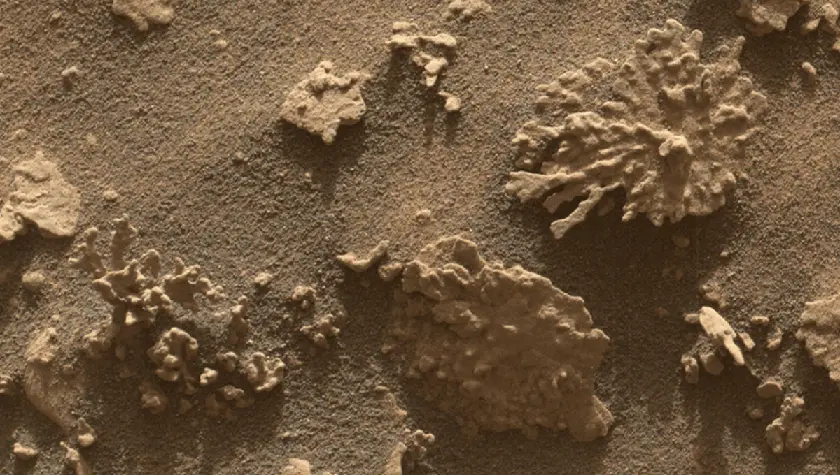
Mars reef like rock reveals natural formation
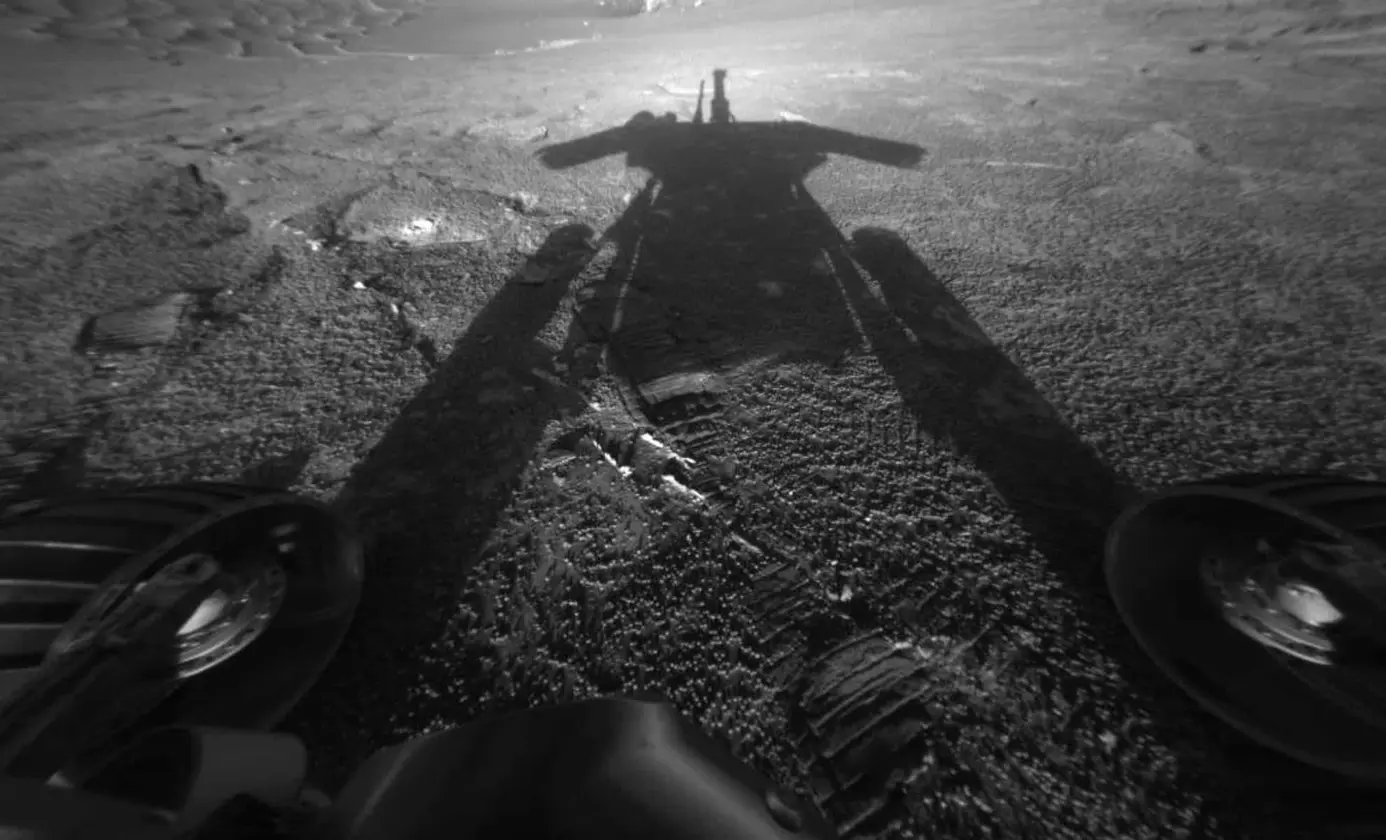
NASA Opportunity Rover Ends Historic Mission
